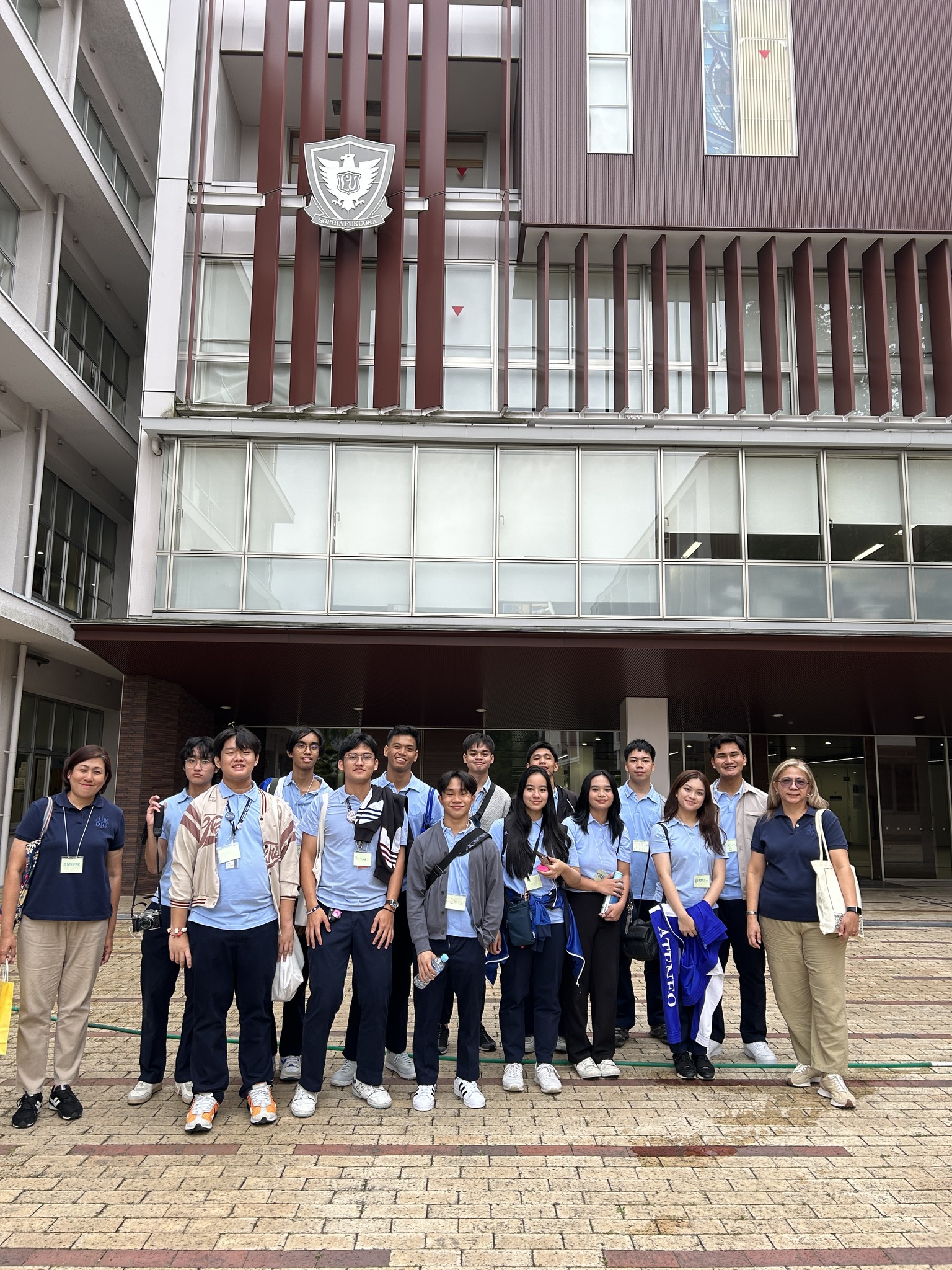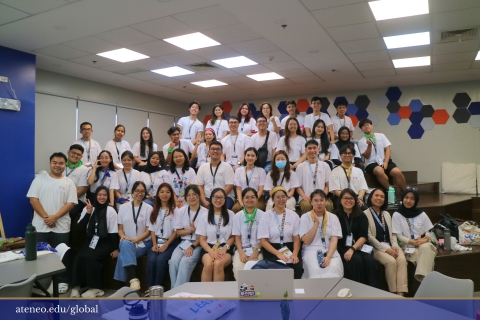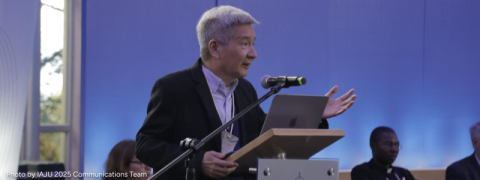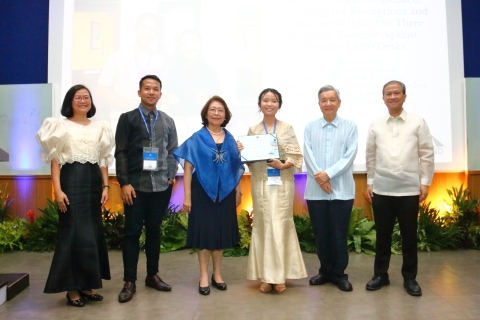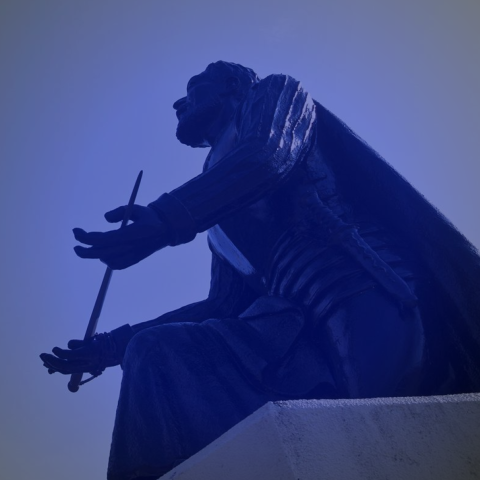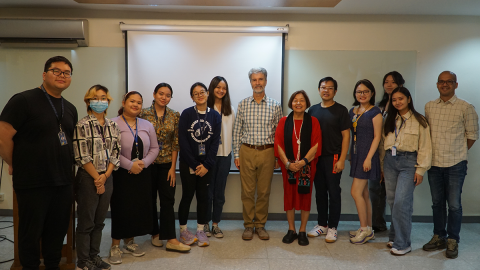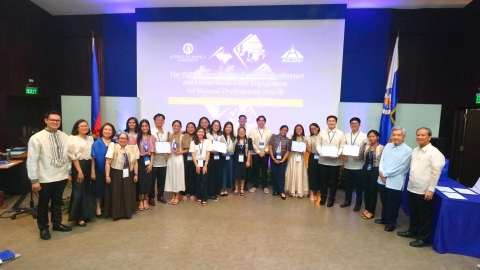My (brief) life as a student in a Jesuit High School in Japan
04 Oct 2024 | Paolo Osi (12-Anchieta)
The Ateneo de Manila Senior High School Global Experience (ASHS Gxp) aims to enrich the students’ global perspective by exposing them to the culture of foreign countries. This opportunity to travel overseas also hopes to deepen the students’ love of our country and share Filipino culture as they interact with the locals. Through the various activities, the students should be able to develop life skills that are relevant to their holistic formation. At the end of the program, the participants are expected to share the fruits of their experiences to members of the community and apply insights and skills in possible academic output in relevant subjects.
Several destinations are offered to cater to the needs and interests of the students. The ASHS Gxp Summer 2024 program in Sydney, Australia, focused on innovations in teaching & learning, and business skills. Meanwhile, the trip to Japan included a pilgrimage to Nagasaki and visits to a school in Fukuoka that delved on spiritual formation and student life.
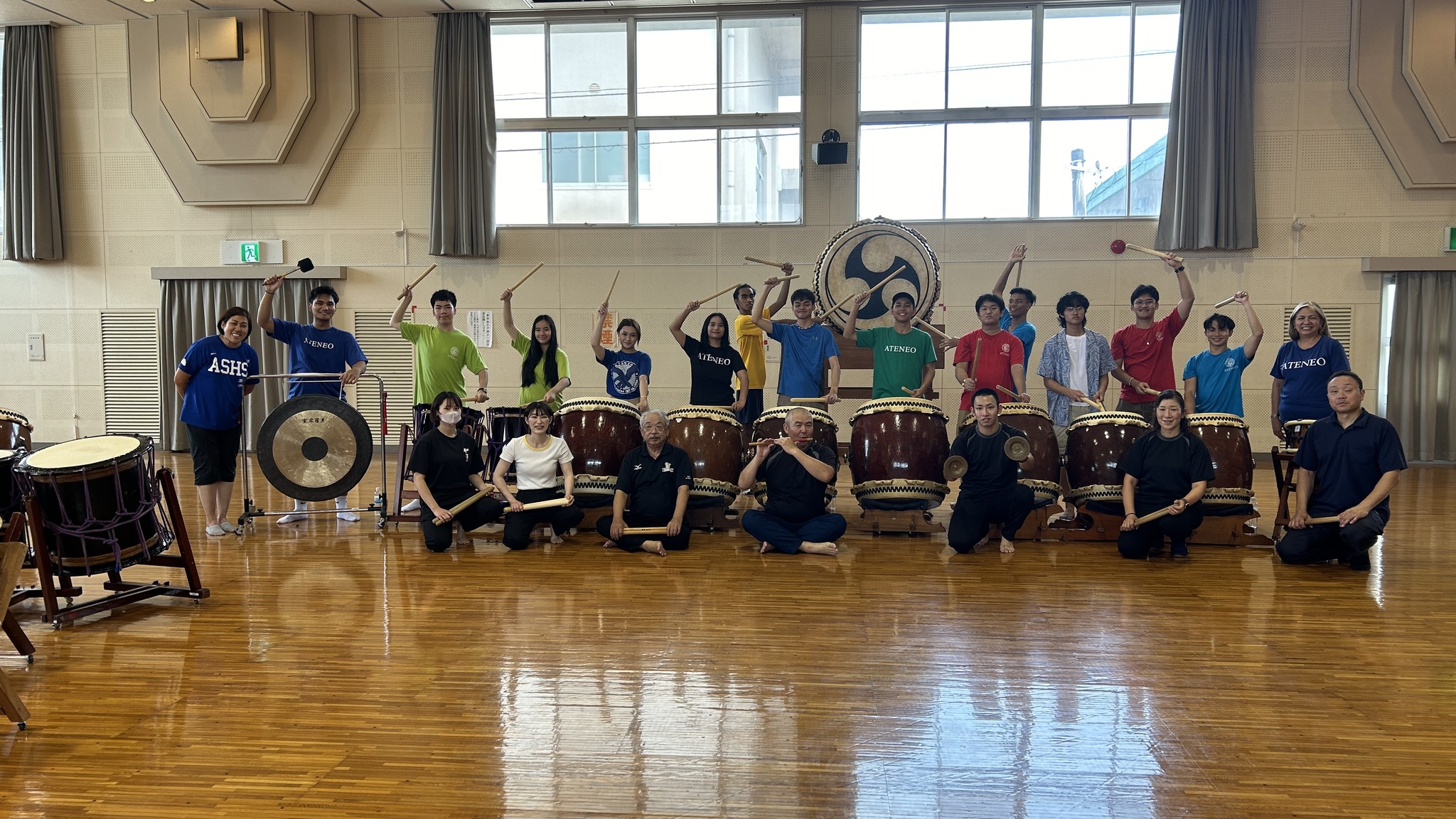
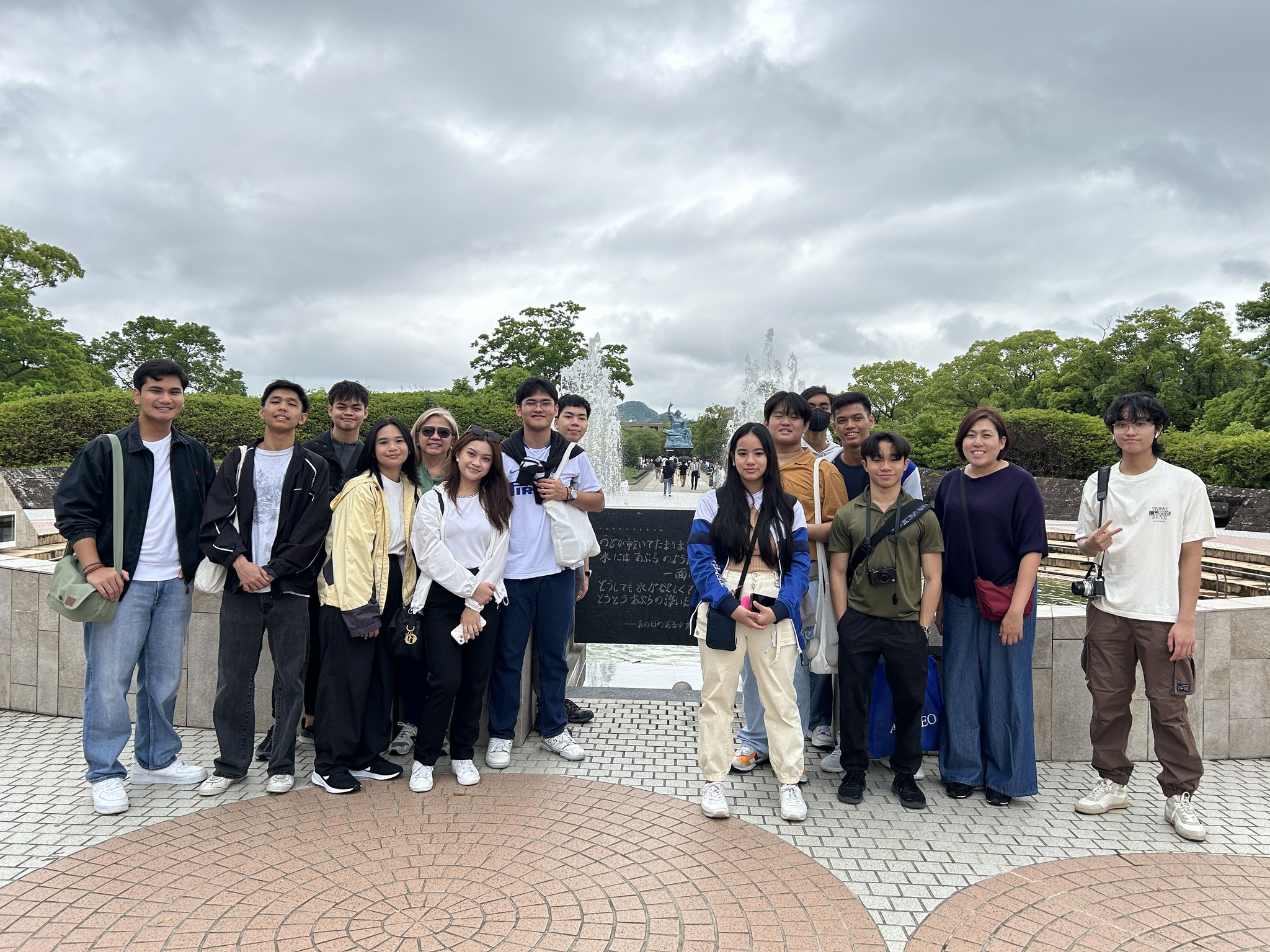
What follows is a reflection by Paolo Osi on his trip to Japan.
(Information about ASHS Gxp 2025 will be available in November 2024)
---o0o---
Standing proudly on a hill is a prominent school known for producing students gifted with the Ignatian values of magis, excellence and being men and women for and with others. You may think that I am referring to Ateneo de Manila University - a school familiar to many Filipinos – but I am writing about a Jesuit school in Fukuoka, Sophia Fukuoka Junior and Senior High School. That’s where I experienced what life was like for a student in a Jesuit high school in Japan, as part of Ateneo de Manila Senior High School’s Global Experience (Gxp) program in July 2024.
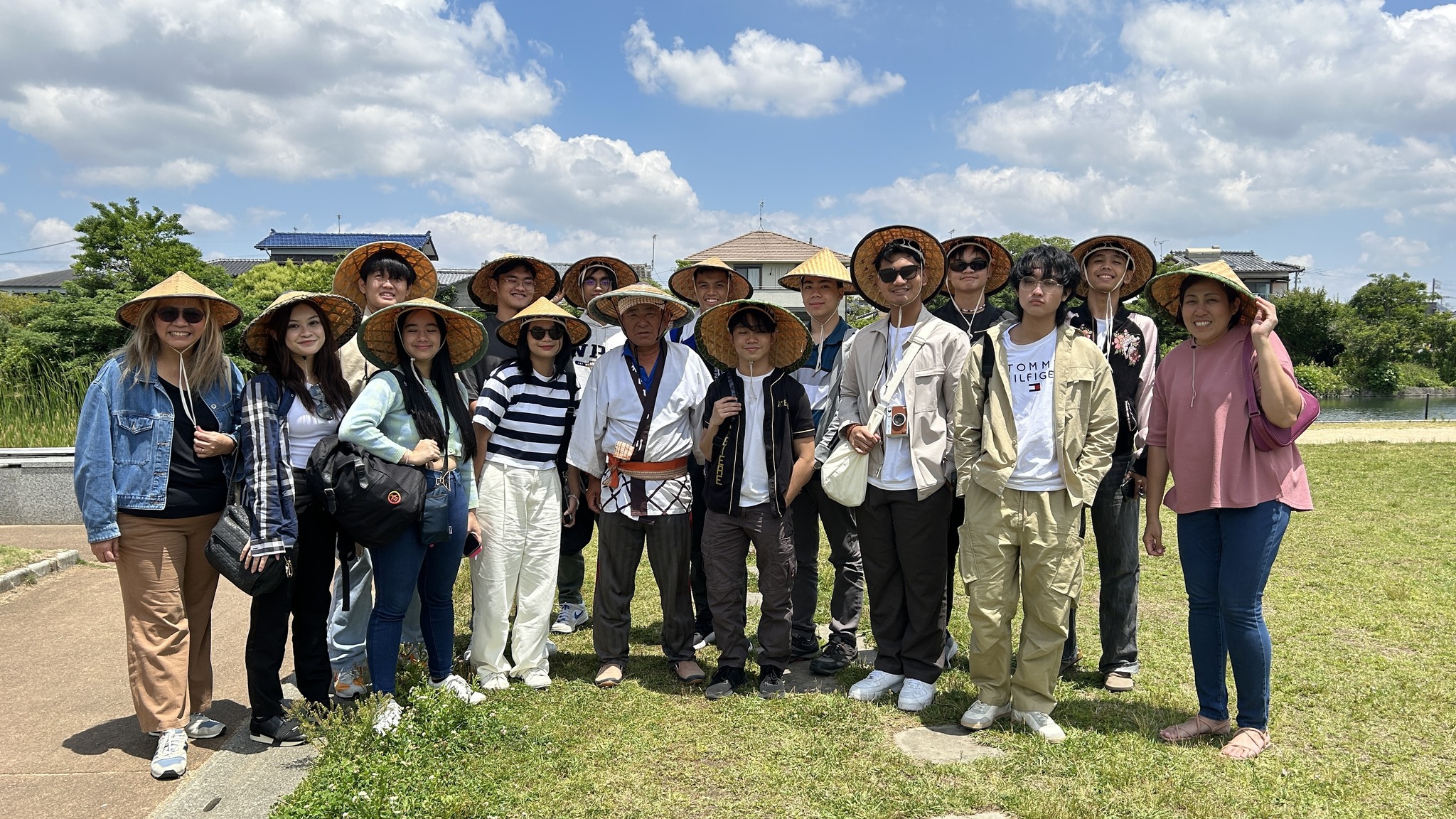
It was only the third day of our almost two-week plan but this visitation marked a turning point of our trip, when the sightseeing vacation became a learning experience. As the bus climbed the hill leading up to the school, several other ASHS schoolmates and I nervously practiced our Japanese introductions. Our execution, however, wasn’t as smooth as we had planned in our heads.
But this moment was just one of the many unforgettable experiences that unfolded. When we entered the main school building, an official instructed us to take off our shoes and put them on a shelf. I followed her instructions and put on one of the pairs of indoor slippers they provided and they apparently do this for all hundreds of students here. This was something I practiced in my home but not in school. In a large classroom filled with Sophia Fukuoka students, the school officials - and later a group of high school students- gave us an informative and fun presentation regarding Japanese culture and the history of the school.
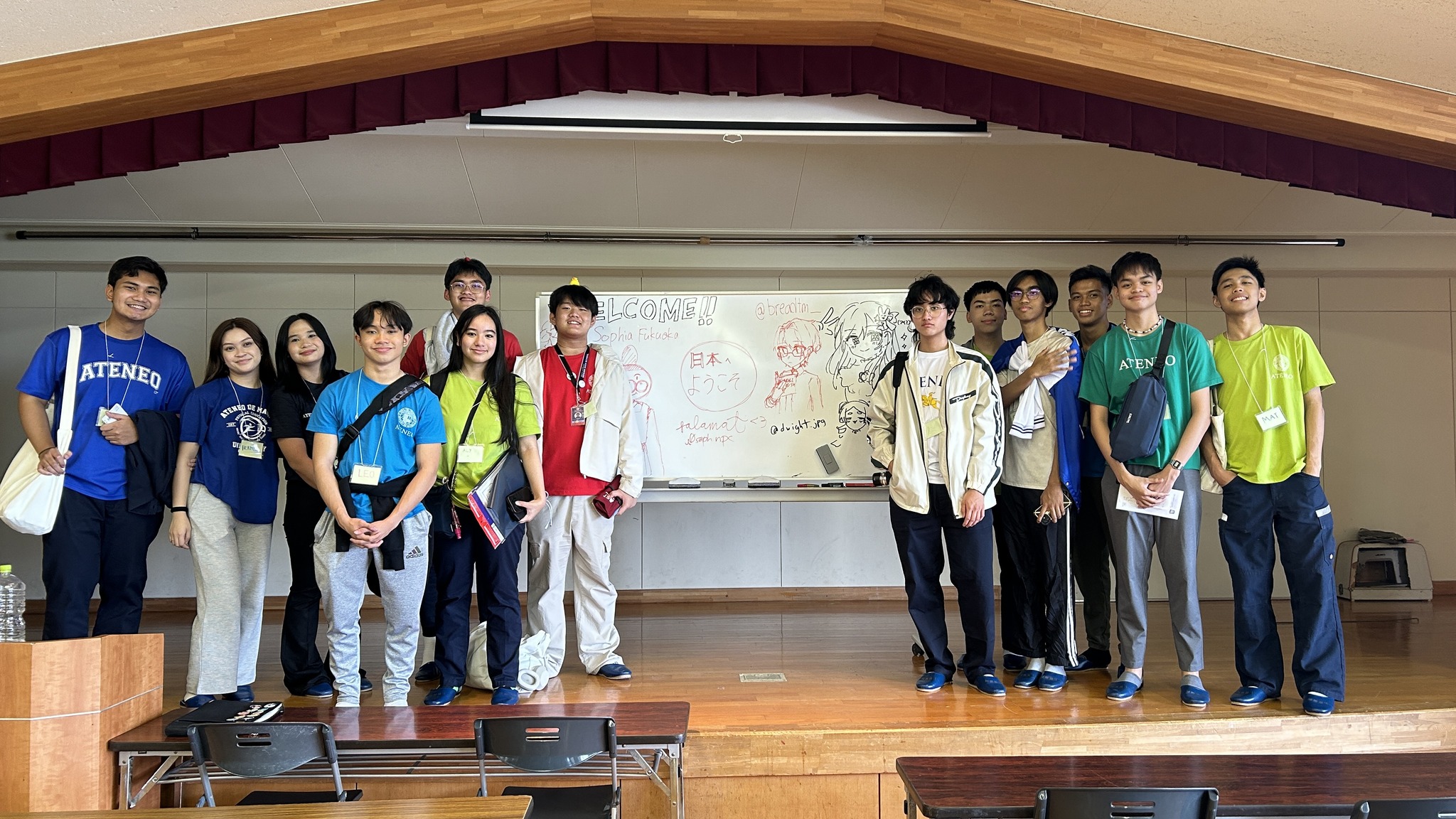
One interesting fact I learned was that a few Ateneans were currently studying at Sophia University, their college campus in Tokyo. Subsequently, we gave a presentation about the Philippines and Ateneo de Manila. My group’s leader even sang a song about Philippine history which made us laugh, while the Japanese did not react at all. After our introductions and presentations, I got to interact with many Japanese students and discovered common interests. This, even though there was a language barrier that had me speaking in a mix of Japanese and English. I’m most thankful to the students who coped with my imperfect Japanese. When I tried to exchange LINE contacts (this is their dominant social media platform), I was told that they can only use their phones after class. Later, a trio of students took me around the school campus and made me feel like I was one of their classmates.
As we walked down the hall, I saw classrooms that were full of attentive students focusing on their teachers. Outside the classroom, I noticed the various playing fields for different sports. I also saw a huge empty space for sports activities. It was apparent that the school gives importance to sports, given the large space they set aside. Beyond this, all I could see were trees. I could imagine the peace and tranquility they gave the students. The tour ended at the school’s cafeteria, which was crowded with students. That’s where I selected my lunch for the next day, a tonkotsu ramen.
I met up with my fellow ASHS schoolmates in a semi-large traditional Japanese room nearby. There, we sat down and ate a sweet pastry and folded its wrapper in a napkin. We were instructed to throw this away when we returned home. Afterwards, we were served fresh matcha powdered green tea after observing a carefully orchestrated tea ceremony. I was lucky to be seated beside the student who prepared my tea on the spot, whereas the others drank the tea that was prepared in advance. I was not entirely sure if the tea was made correctly but I know that it tasted bitter.
The second day gave me a glimpse into the life of a typical Japanese student. I wore my Ateneo uniform, sat down in a classroom full of Japanese students, and listened to lectures in their native language. I noticed that the classroom was really bright because there was a lot of sunlight coming in from the windows. When I found my seat, I placed my bag on a convenient hook attached to the table (I wish the Ateneo had these). A middle-aged teacher entered and after a short greeting, he began to teach in Japanese. My ASHS groupmates were distributed among the classrooms and exposed to a different pair of subjects. Two fellow Ateneans and I attended Math and Japanese classes. I tried to understand what the teacher was saying but I struggled and tried to follow by relying on the shapes he drew on the board. This was when I realized that I had to improve my Japanese proficiency in order to keep up with classes here. When I couldn’t understand the concept, one of the students I was assigned to tried to explain it step-by-step and sometimes brought out his laptop to translate important keywords. Throughout the session, the teacher used a sheet of paper that was distributed to everyone to teach a geometry topic. Unlike in Ateneo where the teacher gives many examples, their teacher relied more on concepts to project information. Though I had trouble catching up at times, I also saw the usefulness of his methods since they allowed students to explain problems in a more structured way.
When the bell rang, the teacher left and I got to talk with those around me until another teacher arrived. The Japanese subject was interesting, to say the least, as I watched my classmates struggle to decipher lines in an old story. Later, the bell rang again but this time, the students including me exited the classroom and headed to the cafeteria. The place was crowded with long lines and I had to wait a while to get my tonkotsu ramen.
After eating, the Ateneans remained in the cafeteria before heading to the same room where we had the orientation the day before. There, we were interviewed by groups of underclassmen about the Philippines and in-between, we would ask them about Japan. After a good amount of time, they would leave and a new group would enter. I felt like a research project but I understood that it was an opportunity for us to give a positive impression of the Philippines.
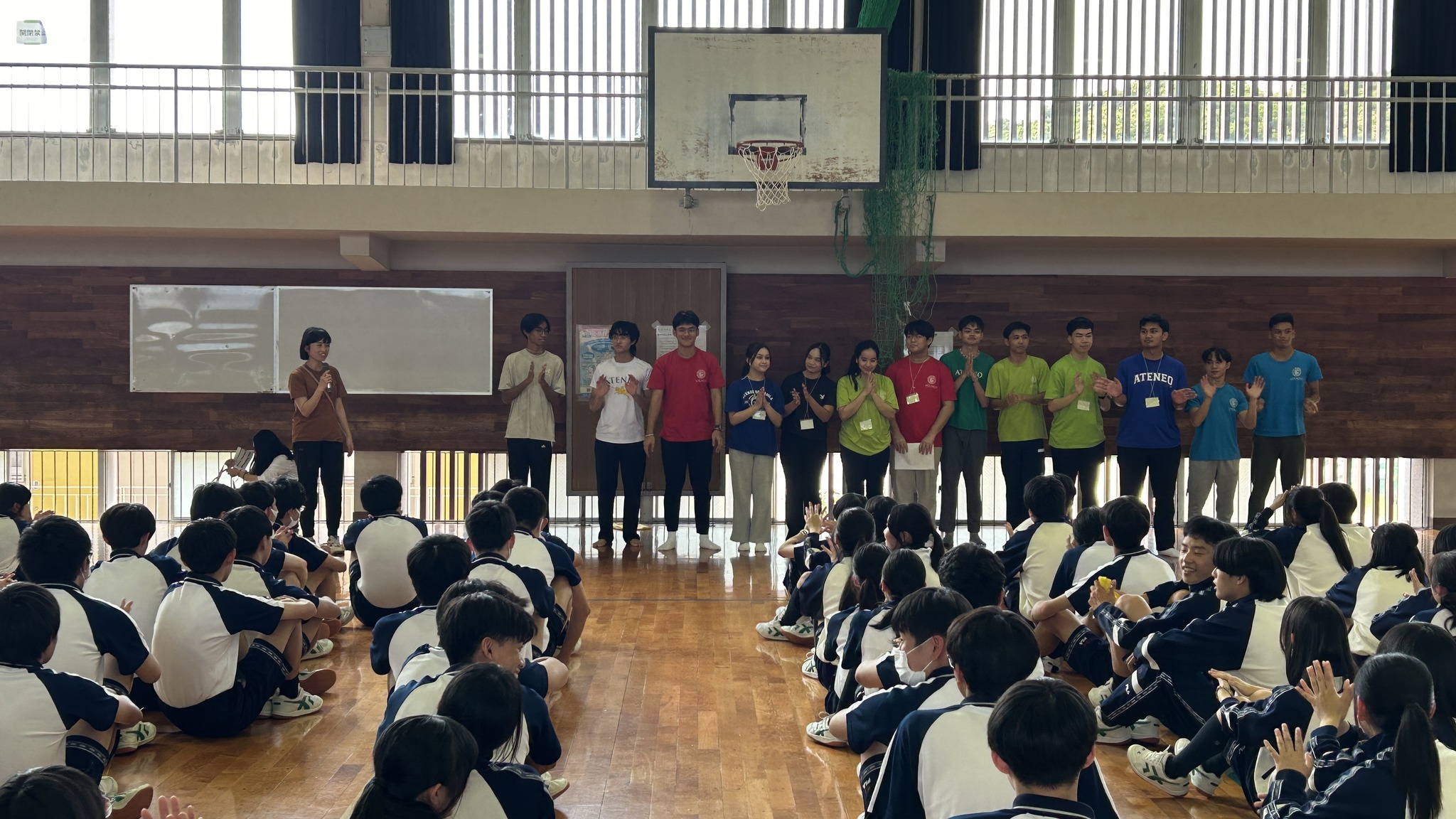
Afterwards, we went to the school’s indoor sports court where we did a few exercises and held a contest to see which group could score the most baskets in basketball. I got a lucky shot on my first try but in the end we didn’t win the contest.
On our last day with the students, we Ateneans and a number of the Japanese students met up at the Roman Catholic Diocese of Fukuoka. From there, we split into our groups and were toured around the city for an hour. My group went to the Shintencho, which is a large shopping district that stretches a few levels underground. When I saw it, I thought, “So this was where all the Japanese people were.” During our walk, we took many group photos and one of our Japanese guides even bought me a taiyaki - a sweet pastry in the form of a fish - from one of his favorite shops. Though we didn’t enter any shops or buy anything, I was already having so much fun being with our hosts. After resurfacing from the underground mall, I enjoyed a nice foot bath with two other students at the Kego Shrine, which was also where we said our goodbyes. Before they left, our hosts traded contacts and even took “groufies” with us.
When I returned to the Philippines, I grabbed the napkin from the tea ceremony and threw it in the trash can just as I was instructed. Doing so marked the end of the ceremony and my trip to Japan. As a Filipino senior high school student, I feel very fortunate and thankful to my family and to the Ateneo for bringing back the Gxp program and allowing me to experience it. The trip was truly an eye-opener.
